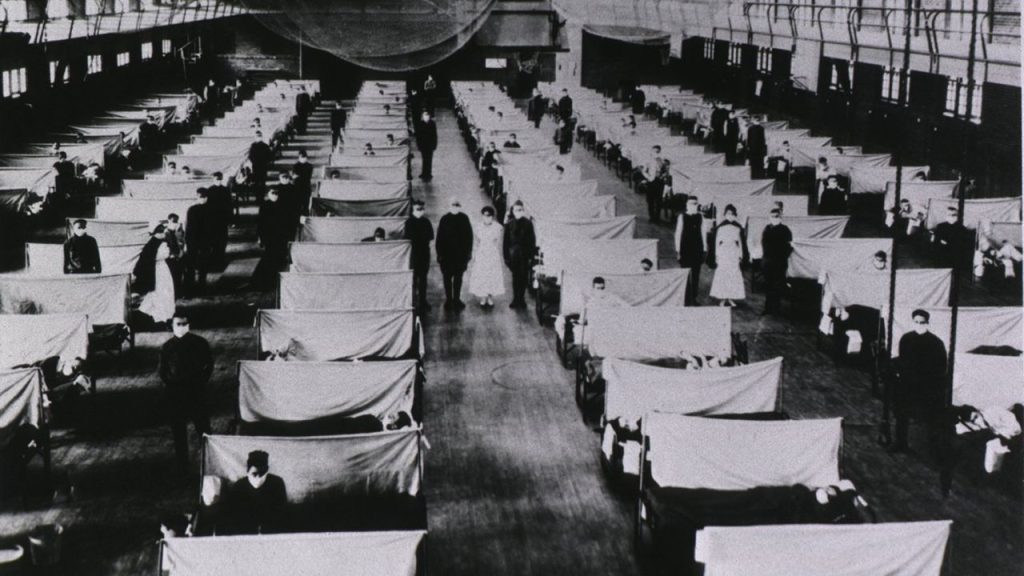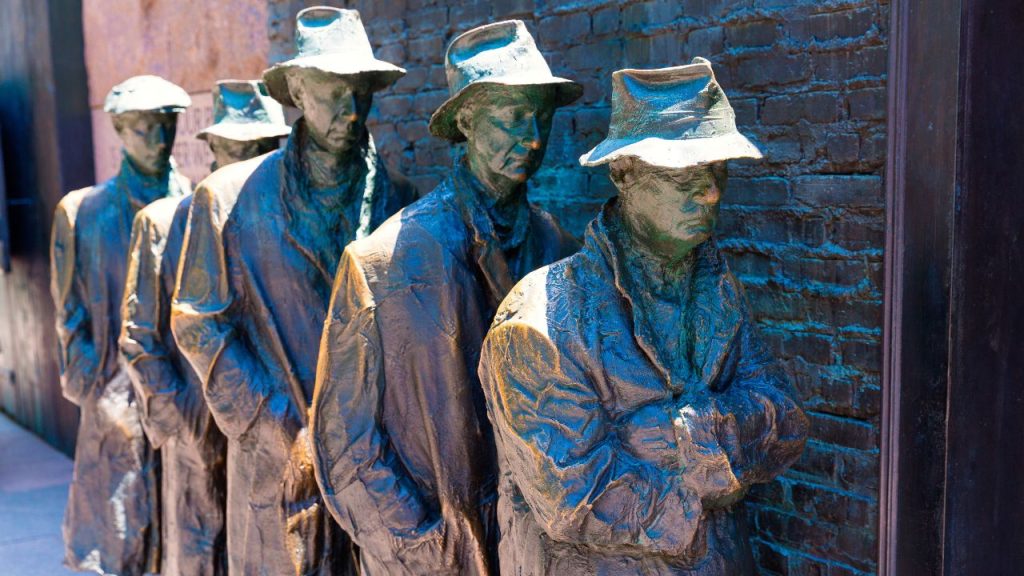Are you looking for some fun facts about March? March is the first month when spring arrives, the weather gets better, and we celebrate St. Patrick’s Day. This month of the year also marks many historical events around the world.
Follow along for a month long journey through the history of March.
March 1, 1815: Napoleon’s Return to France
The month of March saw one of the most impossible moments in European history. Napoleon Bonaparte, the former emperor of the French, escaped from exile on the island of Elba.
Napoleon’s escape and subsequent return ignited conflict across Europe. It marked the beginning of what people would later call the Hundred Days. Landing in Golfe-Juan with 1,000 men, Napoleon sought to reclaim his throne and revive his ambitions.
His plans led to his defeat at the famous Battle of Waterloo on June 18 of the same year. He spent the rest of his life in exile on the remote island of Saint Helena. He died at the age of 51, just six years later.
March 3, 1913: The Women’s Suffrage Parade

The streets of Washington D.C. were echoing with the sounds of thousands of women marching in a historic demonstration for their right to vote. The Women’s Suffrage Parade aimed to gather support for the women’s suffrage movement.
The parade itself showcased the growing demand for political equality amongst women. Despite facing hostility and opposition, the event helped to create public support for the suffrage cause.
It eventually resulted in the 19th Amendment to the U.S Constitution in 1920. This amendment granted women the right to vote.
March 4, 1918: The First Case of “Spanish Flu”

This was the date of the first recorded case of the influenza pandemic commonly known as the Spanish Flu. The US Army reported that Private Albert Gitchell was sick with symptoms of a severe illness. It signaled the beginning of a pandemic that swept across the globe.
The Spanish Flu claimed tens of millions of lives before subsiding in 1920.
Much like the pandemic of recent memory, the Spanish Flu prompted advancements in greater health infrastructure. It influenced future strategies to combat infectious diseases.
March 6, 1836: The Rebel Stand at the Alamo
A few rebel settlers, like Jim Bowie and Davy Crockett, fought bravely at the Alamo mission in San Antonio.
The rebels wanted freedom from Mexico. A bigger group of fighters surrounded them.
The rebels fought for 13 days before succumbing to the Mexican assault. The fall of the Alamo served as a cry for Texan independence. The battle slowly garnered support and inspired future victories that led to Texas’ freedom from Mexico.
March 13, 1943: The Failed Plot to Kill Adolf Hitler
One of the lesser-known aspects of World War Two involved a daring, yet unsuccessful, attempt on the life of Adolf Hitler. Operation Valkyrie was a plan by German officers to kill Hitler and end the Nazi rule.
The plan did not work as a bomb planted aboard Hitler’s plane failed to detonate because of a defective mechanism. Operation Valkyrie stands as a testament to the courage of those who dared to challenge the fascist regime.
March 30, 1853: Birth of Vincent Van Gogh

March is the birth month of many famous people. Alexander Graham Bell, Dr. Seuss, and Albert Einstein are just a few of them.
March 30 marks the birth of one of the most iconic figures in the history of art, Vincent Van Gogh.
He has an enduring legacy with masterpieces like “Sunflowers” and “Starry Night”.
His distinctive style transcended traditional artistic conventions, paving the way for modern artistic movements.
March 21, 1965: The Selma to Montgomery March
Martin Luther King Jr. led the American Civil Rights Movement in the 1960’s. This movement is a significant part of our history. On March 21 thousands of demonstrators marched for 54-miles from Selma to Montgomery, Alabama. Organizers planned the march to protest racial discrimination and advocate for voting rights for African Americans.
It encountered fierce opposition from local and state authorities, culminating in a violent confrontation on the Edmund Pettus Bridge. Despite brutality, the marchers stayed the course in their commitment to nonviolent resistance. Their march led to the gathering of support for the passage of the Voting Rights Act of 1965.
March 4, 1933: Franklin D. Roosevelt’s “Fear Itself” Speech

The economic crisis known as the Great Depression started with the Wall Street crash in October 1929. It resulted in poverty, high unemployment, and economic downturn. In the midst of it, Franklin D Roosevelt, delivered his inaugural address. He hoped to offer reassurance to a nation reeling from economic turmoil.
Roosevelt famously declared, “…the only thing we have to fear is…fear itself.”
Roosevelt’s inaugural address marked the beginning of the New Deal era. It was a period of ambitious intervention and social reform of the government. It aimed to address the root causes of the Great Depression and lay the groundwork for a better future.
March 8, 1911: The First International Women’s Day
On the first International Women’s Day, over 1 million people participated in rallies with 300 demonstrations in Austria-Hungary. Women across Europe demanded the right to vote, hold public office, receive vocational training, and much more. This day continues to inspire action in the ongoing struggle for women’s rights and social justice.
March 5, 1936: The First Test Flight of the Spitfire Plane

The British fighter plane Spitfire took to the skies for its maiden test flight from Eastleigh in Southampton. Designed by R.J. Mitchell, the Spitfire represented a major leap forward in aerial warfare technology.
The Spitfire boasted exceptional speed, agility, and firepower. It played a vital role throughout World War Two, earning a reputation as one of the most iconic fighter aircrafts of the war.
More to Learn
These 10 fun facts are only the tip of the iceberg. Did you know that Spring Equinox can occur on March 19, March 20 and March 21?
Can you explain the significance of the Ides of March?
Did roman calendars originate in the month of March?
March is truly a month that has shaped the course of history.
For more fun facts about March check out Learn Bright’s free resources…







